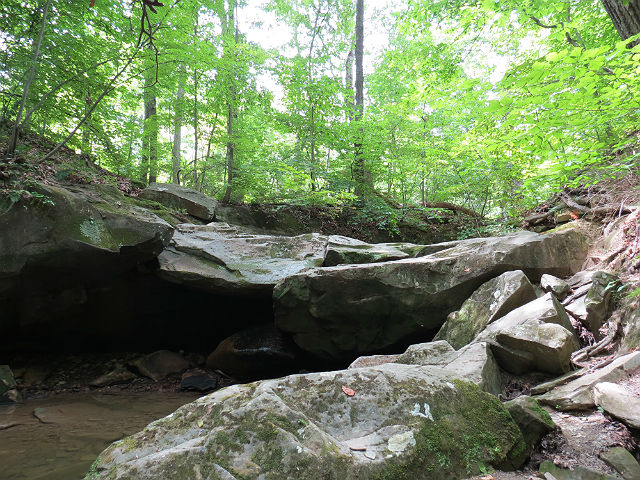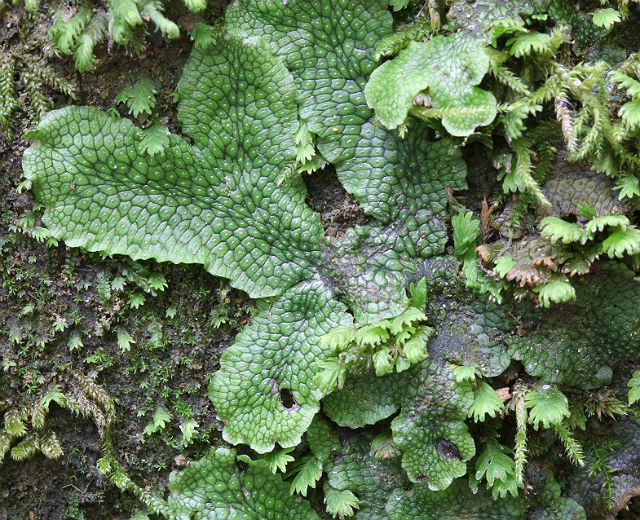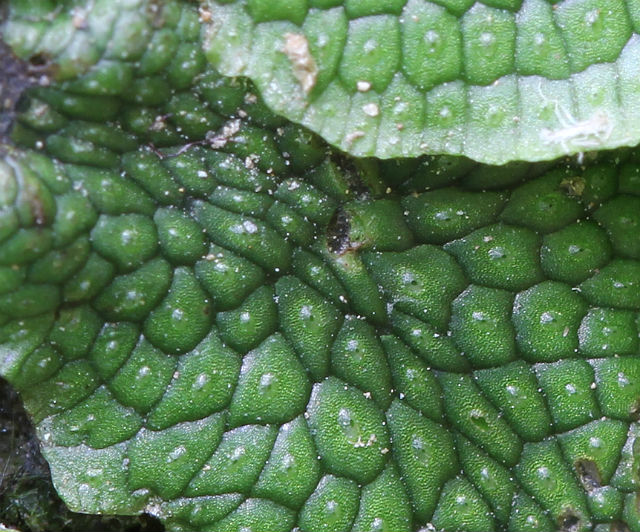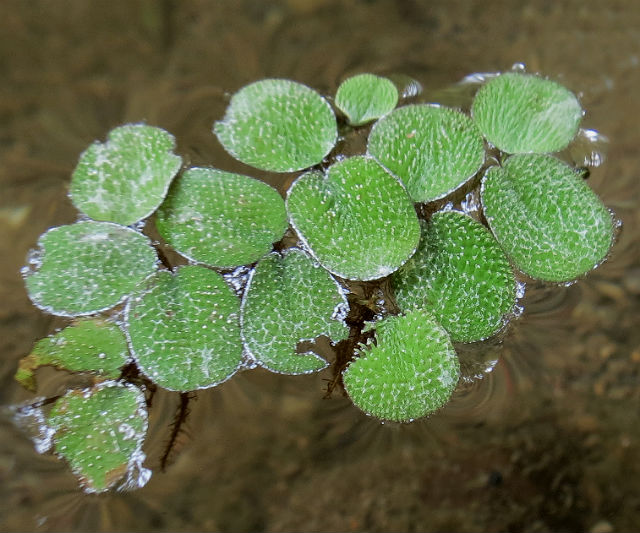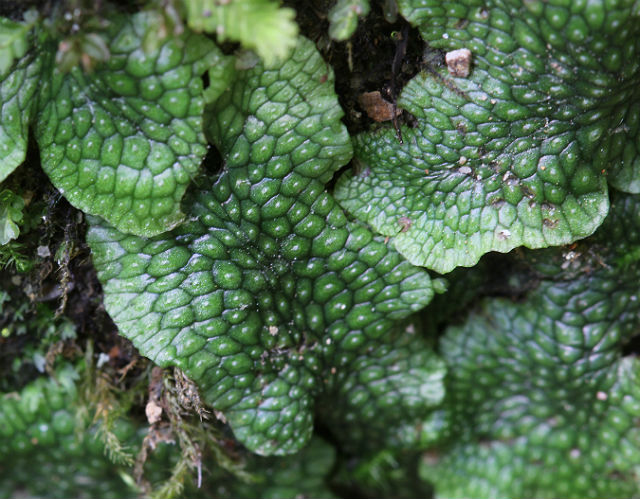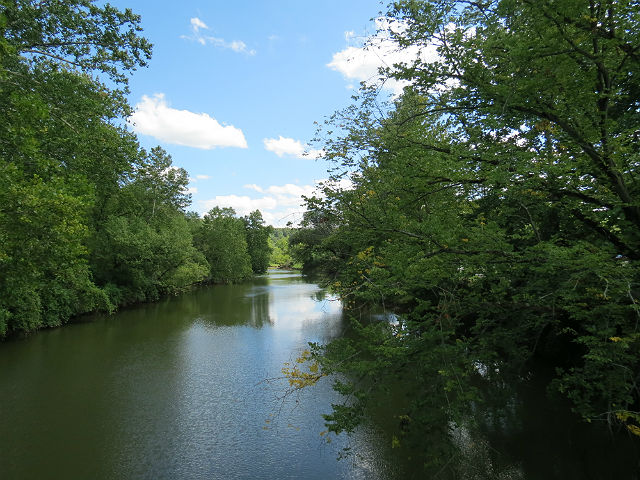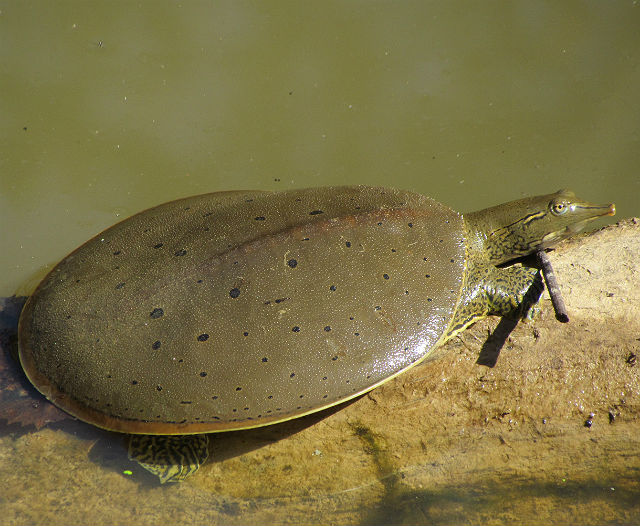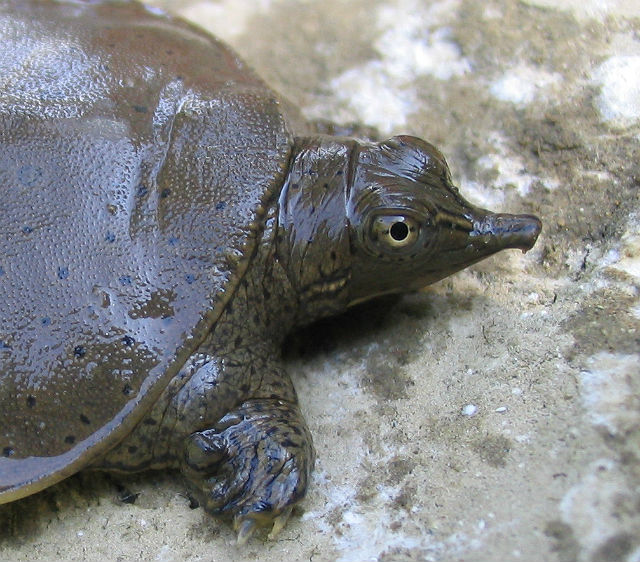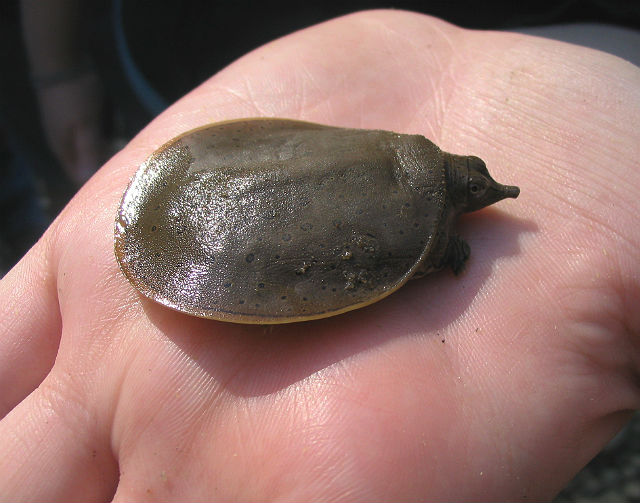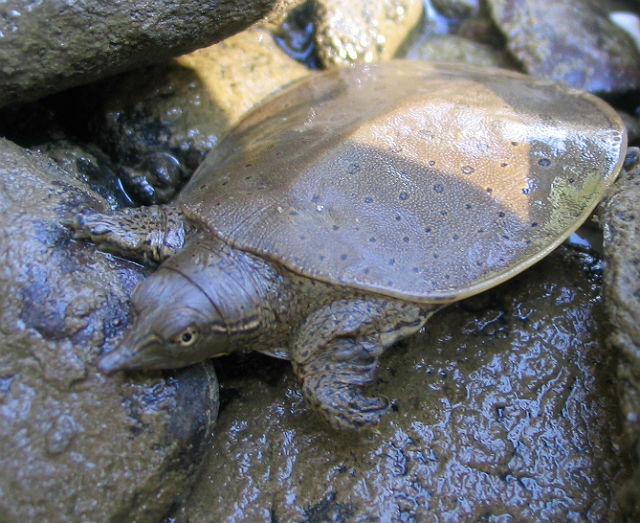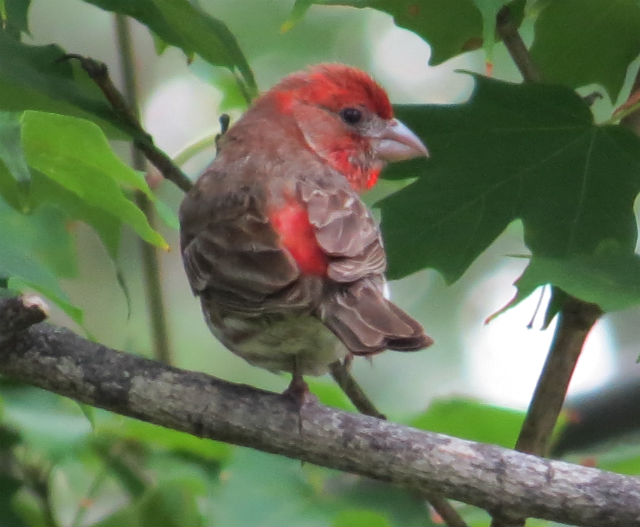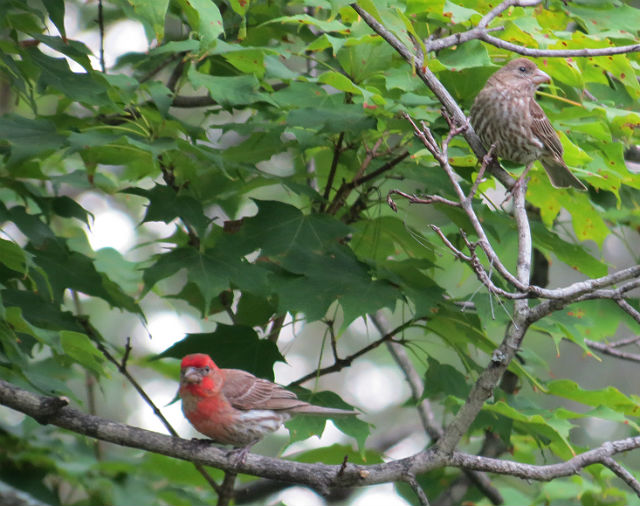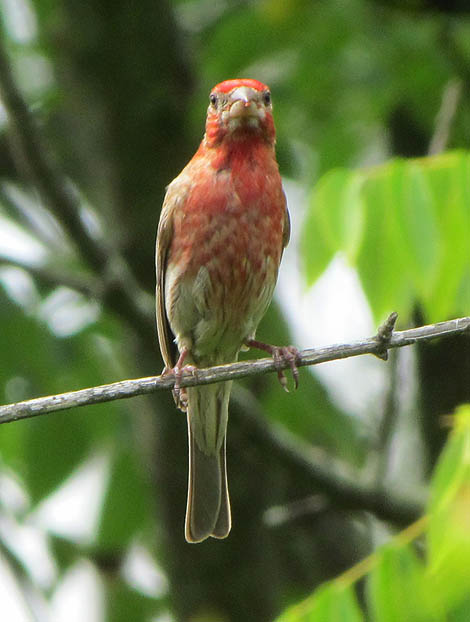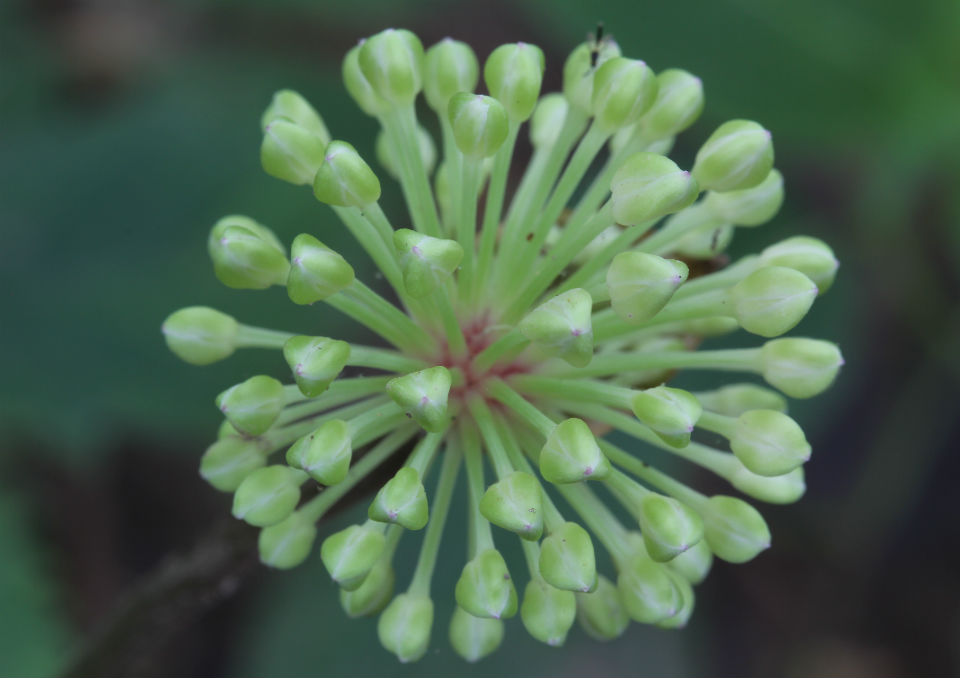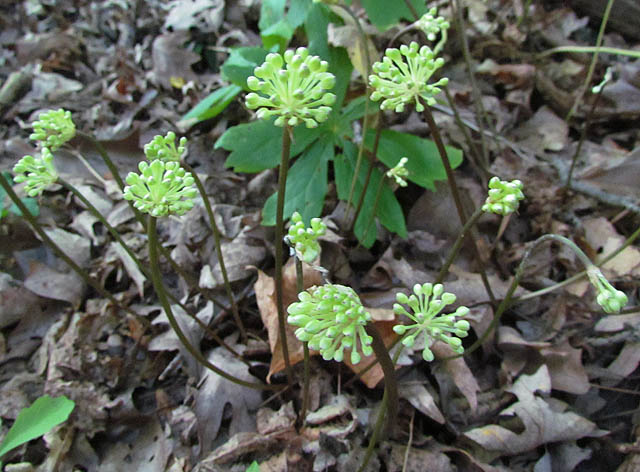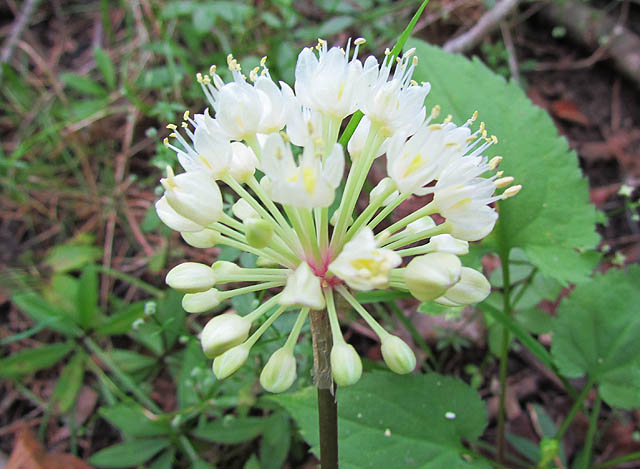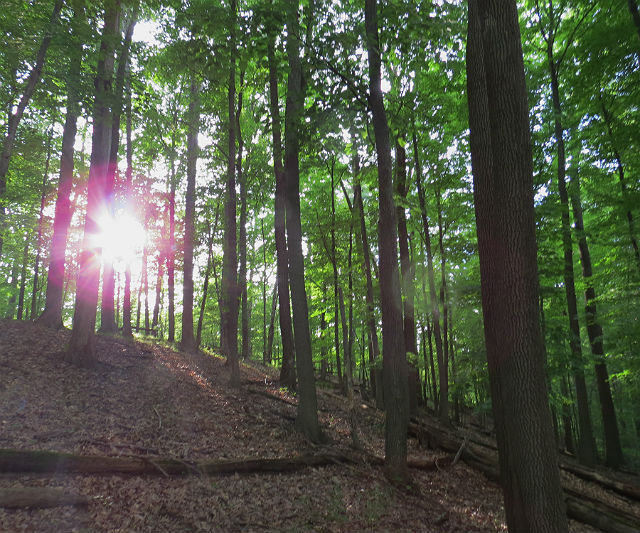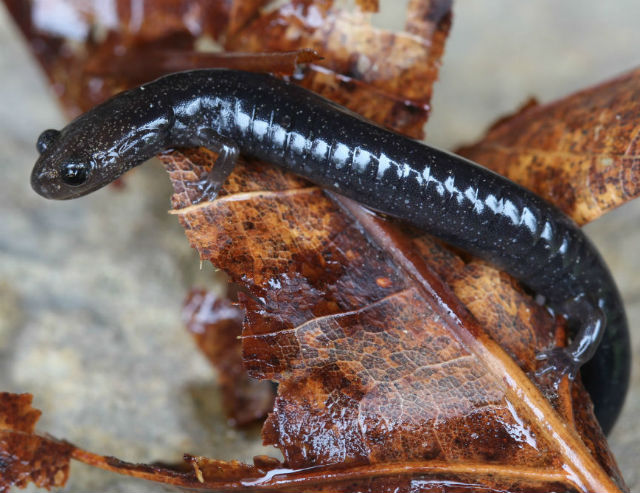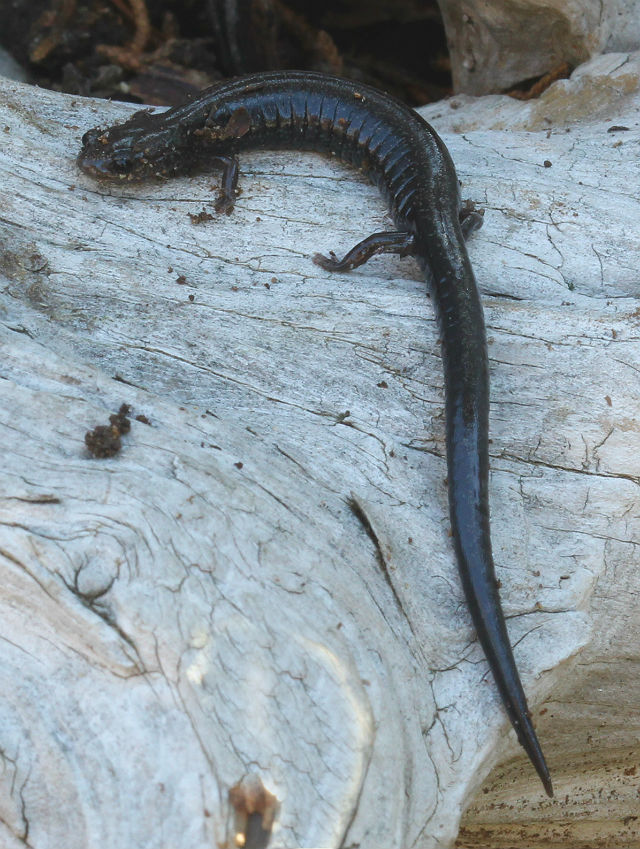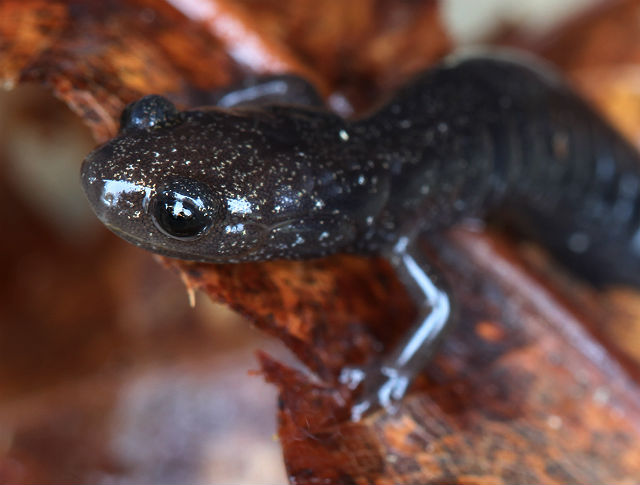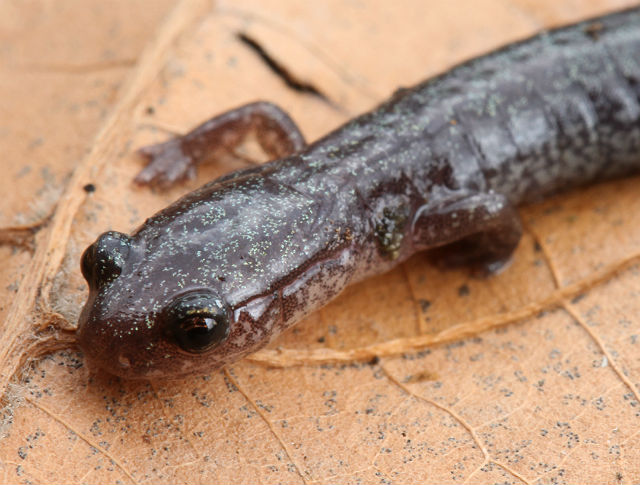Although hardly noticed by most of us, Liverwort is fascinating. In terms of the evolution of life on Earth, this plant type is old. About 400,000,000 years old. They existed a long, long time before more advanced plants such as flowering plants, ferns and mosses appeared on the planet.
They still utilize their primative features to this day. Instead of bearing regular roots, they have simple, one-celled appendages known as rhizoids. There is no vascular system, a characteristic of modern plants, to transport water, nutrients and other materials.
Liverworts are usually found in damp places. I often see them on the sides of rocks in woodland waterways. A number of species are aquatic; they grow on the water’s surface like mini Lily Pads.
Like the mosses, liverwort leaves are only one cell layer thick. These cells are usually isodiametric, meaning, the cell is as long as it is wide.
Liverworts got their name because long ago the people who named them felt that the curious arrangement of cells on the surface of some Liverworts was similar to the cell arrangement in actual livers taken from animals.

